 Facebook
Facebook
 X
X
 Instagram
Instagram
 TikTok
TikTok
 Youtube
Youtube
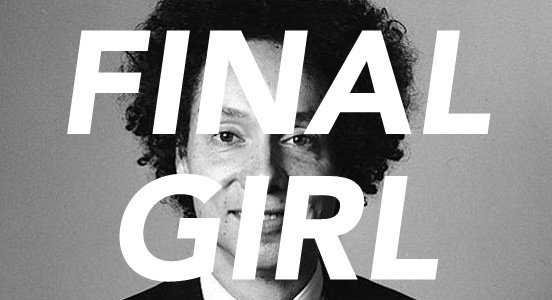

When my hair gets long and the light is dim, I look just a little bit like an overweight, poor-man’s Malcolm Gladwell. And I am that poor man, at least compared to Mr. Gladwell himself.
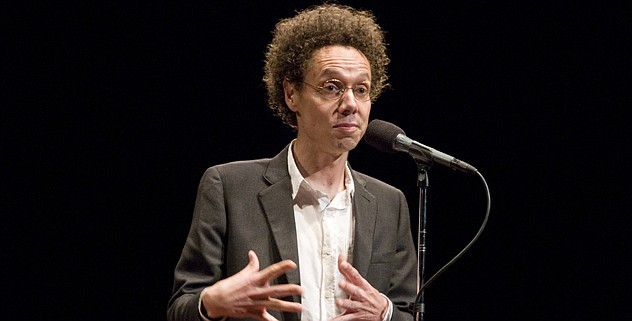
So, naturally, I have to hate him, him and his profoundish social-science bestsellers and their accompanying gargantuan lecture fees. (“Dammit, Mills, if our customers were as blocked up as you guys in the Amalgamated Toilet Paper marketing department, sales would be holding steady at zero! So if Malcolm Gladwell wants $100K to come in and talk to you about what makes a customer believe that three plys are going to leave him happier than two, then we are going to pay the $100K, even if it has to come out of your salary!”)
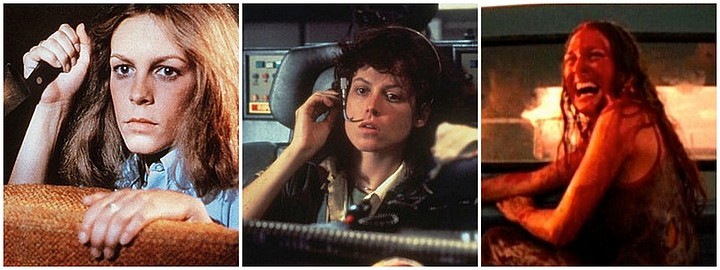
And since I write about movies for a living, the best way to vent my spleen is probably through a film pitch. If Roger Ebert can write the script for Beyond the Valley of the Dolls, then maybe I can get some traction for a quickie horror flick. I’m calling it Final Girl. You know, after the beloved slasher-film trope. The good girl left standing at the end of the film. (Famous final girls include Jamie Lee Curtis in Halloween, Sigourney Weaver in Alien, and Sally from The Texas Chain Saw Massacre.)
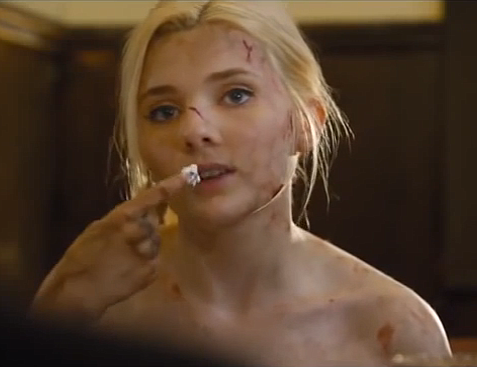
This is not, admittedly, an especially original title. I see that Abigail Breslin’s Final Girl comes out later this year (slugline: “A pack of teenage boys chose the wrong girl to be the victim of their ‘initiation’”). And 2015 will see the release of The Final Girls: “A young woman grieving the loss of her mother, a famous scream queen from the 1980s, finds herself pulled into the world of her mom’s most famous movie. Reunited, the women must fight off the film’s maniacal killer.” And there’s another Final Girl listed as “in development.” Sue me. No — don’t. I promise I’m not stealing your ideas!
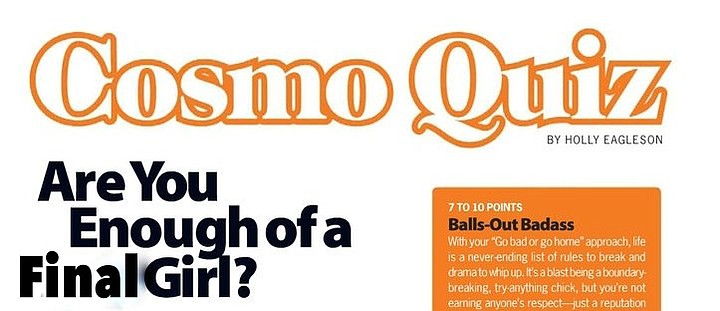
Here’s my take: Morgan Gaswell, a bestselling author of populist social-science books, contacts five women about his next project. It turns out that all five are real-life final girls, participants in ill-fated camping trips, family gatherings, etc. that left them the sole survivors of some madman or monster’s murderous spree. Gaswell wants to write a book about their experience, a book called Final Girl, a book that will set out to answer the question of why these girls survived when all others died. Was it chance? Or did they share some common factor that set them apart? Just imagine the sample quiz on the book’s website: Do you have what it takes to be a final girl? Take this quiz to find out!

The girls are reluctant to get on board with the project. Their ordeals have left them scarred; even those who have been able to move on never talk about what they suffered. And now they’re being asked to open up to a stranger. But Gaswell is a sensitive sort, and he’s rich as hell, to boot. He proposes a weeklong retreat on this little island he happens to own off the coast of North Carolina. There’s a big main house — a lodge, really — where the girls can stay. He’ll keep to himself in the guesthouse on the other side of the island and only come over if the girls all agree to invite him. And it’s a pretty sweet island. Eventually, the women agree to go.

Once they arrive, we go through the revelations phase of the movie. First in pairs, and then as a group, the girls begin to open up to one another. They share their stories. (So much flashback potential.) They talk about the fallout. They discuss their commonalities and differences. In short, they bond over their Final Girlitude. By the fourth day, they’re grateful to Gaswell for bringing them all together, and they invite him to come and start interviewing them.
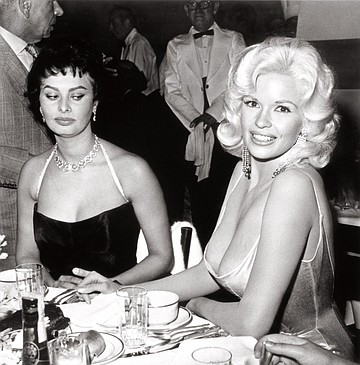
Stage two is a little more uncomfortable. Gaswell isn’t unkind, but as he talks to the girls, it becomes clear he’s done a lot of homework already. He starts picking at inaccuracies in their stories, asking difficult questions about the decisions the girls made while under duress. He explains that he has to be tough if he’s going to produce a good book, but the tone definitely shifts. What had been a communal support group becomes something less unified and less supportive. Each girl finds herself justifying herself and her actions and even criticizing the actions of the others. By the end of the fifth day, all the girls feel a little tarnished and worn.
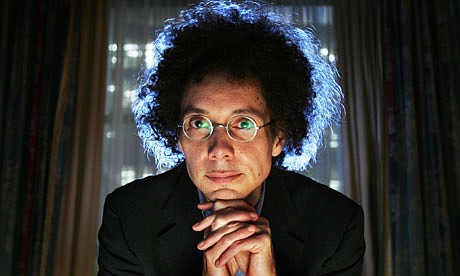
And then, of course, the twist on day six. Gaswell isn’t writing a theoretical book. And the title isn’t Final Girls, it’s Final Girl. He wants to see what sets a survivor apart, up close and personal. What better way than to hunt down a group of proven survivors trapped on an island, see who lasts the longest, and record the results for future analysis? Gaswell has every advantage: it’s his island, and he’s equipped it for his plan. Plus, he knows these girls — their strengths and weaknesses, their group dynamic, and, most importantly, how they managed to survive the first time.
How does it end? Haven’t finished the script yet. But the usual suitcase of coke and contract for VOD/DVD release should get the job done.



When my hair gets long and the light is dim, I look just a little bit like an overweight, poor-man’s Malcolm Gladwell. And I am that poor man, at least compared to Mr. Gladwell himself.

So, naturally, I have to hate him, him and his profoundish social-science bestsellers and their accompanying gargantuan lecture fees. (“Dammit, Mills, if our customers were as blocked up as you guys in the Amalgamated Toilet Paper marketing department, sales would be holding steady at zero! So if Malcolm Gladwell wants $100K to come in and talk to you about what makes a customer believe that three plys are going to leave him happier than two, then we are going to pay the $100K, even if it has to come out of your salary!”)

And since I write about movies for a living, the best way to vent my spleen is probably through a film pitch. If Roger Ebert can write the script for Beyond the Valley of the Dolls, then maybe I can get some traction for a quickie horror flick. I’m calling it Final Girl. You know, after the beloved slasher-film trope. The good girl left standing at the end of the film. (Famous final girls include Jamie Lee Curtis in Halloween, Sigourney Weaver in Alien, and Sally from The Texas Chain Saw Massacre.)

This is not, admittedly, an especially original title. I see that Abigail Breslin’s Final Girl comes out later this year (slugline: “A pack of teenage boys chose the wrong girl to be the victim of their ‘initiation’”). And 2015 will see the release of The Final Girls: “A young woman grieving the loss of her mother, a famous scream queen from the 1980s, finds herself pulled into the world of her mom’s most famous movie. Reunited, the women must fight off the film’s maniacal killer.” And there’s another Final Girl listed as “in development.” Sue me. No — don’t. I promise I’m not stealing your ideas!

Here’s my take: Morgan Gaswell, a bestselling author of populist social-science books, contacts five women about his next project. It turns out that all five are real-life final girls, participants in ill-fated camping trips, family gatherings, etc. that left them the sole survivors of some madman or monster’s murderous spree. Gaswell wants to write a book about their experience, a book called Final Girl, a book that will set out to answer the question of why these girls survived when all others died. Was it chance? Or did they share some common factor that set them apart? Just imagine the sample quiz on the book’s website: Do you have what it takes to be a final girl? Take this quiz to find out!

The girls are reluctant to get on board with the project. Their ordeals have left them scarred; even those who have been able to move on never talk about what they suffered. And now they’re being asked to open up to a stranger. But Gaswell is a sensitive sort, and he’s rich as hell, to boot. He proposes a weeklong retreat on this little island he happens to own off the coast of North Carolina. There’s a big main house — a lodge, really — where the girls can stay. He’ll keep to himself in the guesthouse on the other side of the island and only come over if the girls all agree to invite him. And it’s a pretty sweet island. Eventually, the women agree to go.

Once they arrive, we go through the revelations phase of the movie. First in pairs, and then as a group, the girls begin to open up to one another. They share their stories. (So much flashback potential.) They talk about the fallout. They discuss their commonalities and differences. In short, they bond over their Final Girlitude. By the fourth day, they’re grateful to Gaswell for bringing them all together, and they invite him to come and start interviewing them.

Stage two is a little more uncomfortable. Gaswell isn’t unkind, but as he talks to the girls, it becomes clear he’s done a lot of homework already. He starts picking at inaccuracies in their stories, asking difficult questions about the decisions the girls made while under duress. He explains that he has to be tough if he’s going to produce a good book, but the tone definitely shifts. What had been a communal support group becomes something less unified and less supportive. Each girl finds herself justifying herself and her actions and even criticizing the actions of the others. By the end of the fifth day, all the girls feel a little tarnished and worn.

And then, of course, the twist on day six. Gaswell isn’t writing a theoretical book. And the title isn’t Final Girls, it’s Final Girl. He wants to see what sets a survivor apart, up close and personal. What better way than to hunt down a group of proven survivors trapped on an island, see who lasts the longest, and record the results for future analysis? Gaswell has every advantage: it’s his island, and he’s equipped it for his plan. Plus, he knows these girls — their strengths and weaknesses, their group dynamic, and, most importantly, how they managed to survive the first time.
How does it end? Haven’t finished the script yet. But the usual suitcase of coke and contract for VOD/DVD release should get the job done.
Comments